Description
We’re delighted to offer a day out in the Norfolk Broads, looking for the iconic Swallowtail butterflies & more!
The Norfolk Broads has more miles of waterway than the famous Italian city, over 125 miles, so although perhaps a little less romantic it is in fact a fantastic water world of its own, full of big skies and a sparkling landscape of marshland fields, feathery reeds and tangled woodlands. It is the perfect canvas for adventure and relaxation – time to reflect and space to explore.
The Broads boast booming Bitterns, playful otters and darting Kingfishers, native white waterlilies and rare fen orchids. It is also the only place to see the rare and beautiful Swallowtail, which is the species we’ll dedicate significant time to during our stay.
Our plan is to visit one or more of the best sites in the area to see Swallowtails. They include Strumpshaw Fen, Hickling Broad, How Hill, Wheatfen and Catfield Fen. We will decide on the exact itinerary closer to the day itself, based on local knowledge of the sites, the season and the weather. If conditions are good we should get to see plenty of Swallowtail activity, flying adults and possibly eggs & caterpillars, and plenty of other wildlife too!
Another fairly iconic species itself that we’ll want to show you is the Norfolk Hawker dragonfly with its distinctive green eyes (which give it its alternative name the Green-eyed Hawker) and we should get to see these beautiful insects on the wing during our days out. We’ll see numerous other dragonfly species too, such as Banded Demoiselle and Four-spotted Chaser. We should also enjoy the chorus of booming bitterns, the almost impossibly loud series of notes of Cetti’s Warblers (as if someone is shouting to attract your attention) and Cuckoos calling – all combining to form a delightful soundtrack to our ‘Swallowtail days’!
We’ll also hope to enjoy good views of Marsh Harriers over the reed beds, these handsome hawks are easy to identify as they hang in the air above the reed and sedge beds, quartering the acres of their territories on long, broad wings. As we focus our ears and eyes closer we may be lucky enough to see Bearded Tits too.
Plants are also of interest in the Broads and there are numerous species of local interest. For example, Milk Parsley, the food plant of the Swallowtail and almost as rare as the butterfly itself! We’ll search its feathery foliage for freshly laid Swallowtail eggs or the black (bird poo) young instar caterpillars, some may also be more advanced and the funky green stripey version!
We may get to see one of the few colonies of Fen Orchid remaining in the UK too. Other plants of note include Marsh Fern, Cowbane, Greater Water-parsnip, Greater Spearwort and Marsh-pea. Bisecting the fens and grazing marshes the cleaner dykes also support a varied and interesting flora, with Frogbit, Arrowhead, Greater Bladderwort, Water Soldier, and Fringed, Yellow and White Water-lilies all being present.
READ FULL HOLIDAY DETAILS


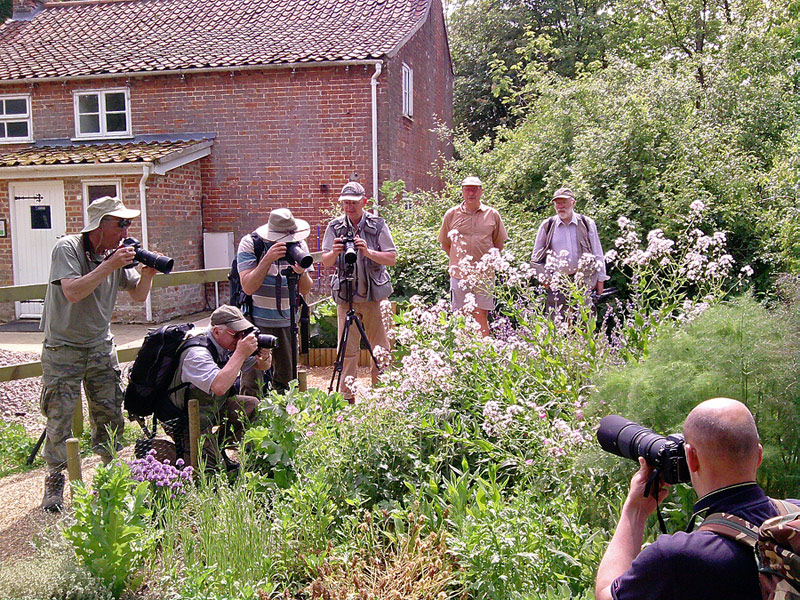



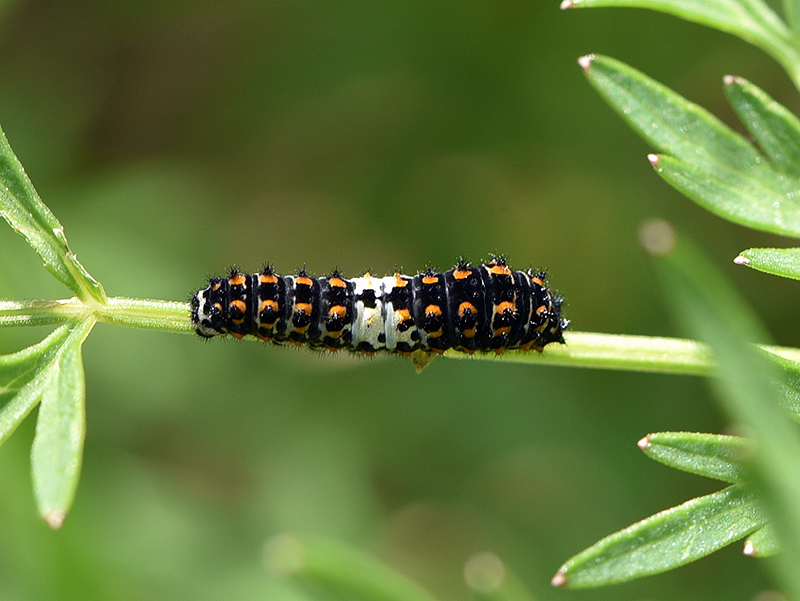
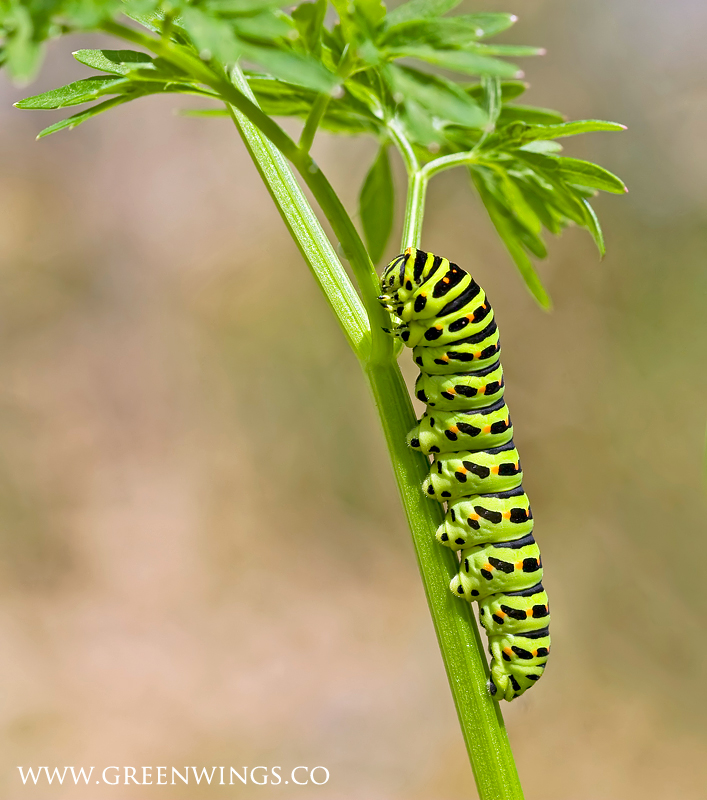
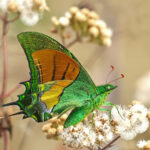
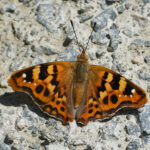
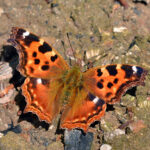





Reviews
There are no reviews yet.